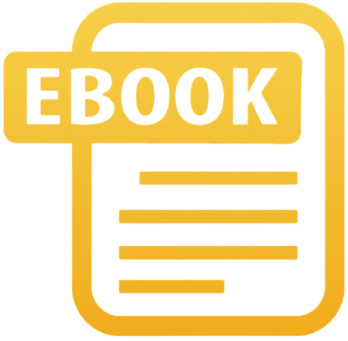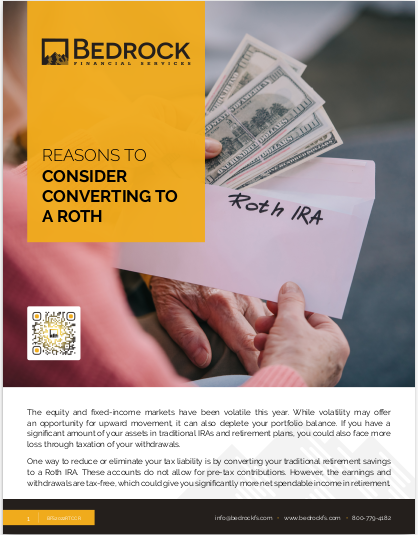Key Takeaways
-
Traditional lead funnels often fail because they assume every prospect moves in a straight line. A flexible, non-linear approach reflects how clients actually make decisions.
-
A well-structured but non-funnel-looking system can still generate high conversion if you match your message and timing to where your lead really is, not where you wish they were.
Why the Classic Funnel Model Often Falls Short
The classic lead funnel is a useful framework, but it doesn’t always reflect reality—especially not in 2025. Prospects don’t move from awareness to decision in neat, predictable steps. Today’s insurance clients might enter at any stage. They might explore, pull back, ask questions, ghost you, then circle back two months later.
You’ve likely experienced this. Someone fills out a form, takes a call, and disappears. Or a lead watches every video you post but never books an appointment—until suddenly, they do.
The issue isn’t with your product. It’s with the assumption that leads behave linearly. They don’t. And if your entire process is built around that assumption, you’re losing people who could have said yes.
Instead of forcing prospects through a rigid funnel, consider a system that functions more like a relationship map—fluid, responsive, and rooted in real engagement.
What a Non-Funnel Funnel Actually Looks Like
Think of this model less like a funnel and more like a looping journey. A prospect can enter or exit at any point and still return. You design intentional touchpoints, but allow for non-linear movement.
Here’s what that might include:
Awareness Doesn’t Always Come First
You don’t need to wait for a lead to be “aware” of a problem. Sometimes, starting with education or personal connection can trigger that awareness later. Instead of leading with ads about your service, you might:
-
Share a short story that resonates with a common fear or concern.
-
Ask thought-provoking questions that make your audience reflect.
-
Offer value with no strings attached.
These aren’t top-of-funnel tricks. They’re ways to earn attention and open emotional doors.
Engagement Is a Two-Way Street
In a traditional funnel, engagement is usually measured by clicks or form submissions. But true engagement goes deeper. In a non-funnel system, you build feedback loops:
-
Use polls, quizzes, or replies to invite interaction.
-
Ask follow-up questions after a lead downloads something.
-
Share behind-the-scenes content to foster trust.
This invites the lead to participate in a conversation instead of just consuming information.
Decision Points Aren’t Fixed
Some leads decide quickly. Others need weeks—or months. A rigid funnel might nudge a lead toward a close before they’re ready, triggering resistance. Your job isn’t to rush them. It’s to stay relevant until they’re ready to act.
To support flexible timelines:
-
Create content for each stage (education, cost considerations, policy comparisons).
-
Recycle content in your follow-up emails instead of assuming one email will do the job.
-
Schedule soft check-ins (not just sales calls) to keep the relationship alive.
Build the Infrastructure, Not Just the Path
This approach requires some intentional architecture. You’re not throwing out strategy—you’re simply redesigning it around the way people really behave.
1. Create Modular Content Assets
Instead of planning a rigid sequence of posts, build content blocks that can be reshuffled:
-
Explainer posts
-
Misconception-busting visuals
-
Personal video messages
-
Client FAQs
-
Behind-the-scenes breakdowns
This makes it easier to match content to the person, rather than dragging every person through the same sequence.
2. Automate Without Losing the Human Touch
You can still use automation tools in a non-funnel system. Just shift how you use them:
-
Automate soft reminders, not just hard sales pushes.
-
Set triggers based on real behavior—downloads, clicks, or replies—not just time.
-
Insert personalized video or voice messages into automated emails.
3. Reframe Your Metrics
Success isn’t just about how fast a lead converts. It’s also about how well you maintain relevance over time. Track:
-
Return engagement (how often leads come back to your content)
-
Delayed conversions (how many took 30+ days to close)
-
Multi-touch interactions (who clicked, replied, and watched videos before saying yes)
These are better indicators of a system built for how people actually move.
Why It Works in 2025 (More Than Ever)
Clients in 2025 are inundated with noise. They’ve been advertised to for years. They don’t need more pitches—they need reasons to believe.
Today’s prospects:
-
Want a personalized experience that doesn’t feel manipulative.
-
Value authenticity over polish.
-
Don’t trust overly smooth sales scripts.
-
Take longer to decide but still need consistent engagement.
That’s why a non-funnel funnel works. It doesn’t assume the lead is ready. It doesn’t punish them for moving slowly. It keeps the conversation going—on their terms.
You’re not losing control. You’re regaining influence by becoming someone your lead listens to without pressure.
You Can Still Have Structure—Just Not the Usual One
Some agents fear that ditching the funnel means ditching predictability. But that’s not the case. You’re still designing systems. You’re still using data. You’re just doing it with flexibility in mind.
Here’s how to create order without rigidity:
Weekly Workflow Example
-
Monday: Share one valuable insight from your week that could help clients.
-
Tuesday: Follow up with leads who clicked, viewed, or replied last week.
-
Wednesday: Share a FAQ video or resource link.
-
Thursday: Soft check-in messages to older leads.
-
Friday: Open inbox Q&A post—”Ask me anything.”
This rhythm maintains contact, demonstrates value, and gives space for leads to engage as they’re ready.
CRM Tagging System
Organize your leads not just by how “hot” they are, but by what stage they seem to be in:
-
Curious but cautious
-
Researching options
-
Confused about cost
-
Comparing agents
-
Delayed but warm
You can then deliver the right kind of content at the right time—without a robotic funnel pushing everyone down the same chute.
Redesigning Your Lead Nurture Mindset
The most important shift isn’t tactical. It’s philosophical.
Stop thinking of your leads as needing to be moved.
Start seeing them as needing to be met.
They’re navigating uncertainty, conflicting information, and emotional baggage. If you can be the one who listens without rushing, guides without pushing, and follows up without pressure—you become the professional they trust.
This builds:
-
Higher-quality conversations
-
Better retention
-
More long-term referrals
All without a funnel that forces people down paths they’re not ready to walk.
The Smarter Way to Stay Top-of-Mind
The ultimate goal is trust continuity—staying visible, helpful, and human until your lead is ready. Here’s how to do that without overstepping:
-
Show up regularly with something useful, not salesy.
-
Make it easy for leads to re-engage when they choose.
-
Use warm language: “Thought this might help,” instead of “Still interested?”
-
Offer moments of levity—humor and humility win hearts.
That’s what keeps you at the top of their mind without pushing your way into it.
Ready to Build Your Own? We Can Help
At Bedrock Financial Services, we support professionals like you with tools and systems that adapt to real-world behavior. We know traditional funnels don’t always fit how independent agents work—or how their clients make decisions. That’s why our platform helps you:
-
Personalize outreach without adding more hours to your week
-
Automate smartly so you stay visible at every stage
-
Organize leads in ways that actually reflect client behavior
If you’re tired of cookie-cutter funnels that stall out halfway through, join us. We’re building something better—with you.







